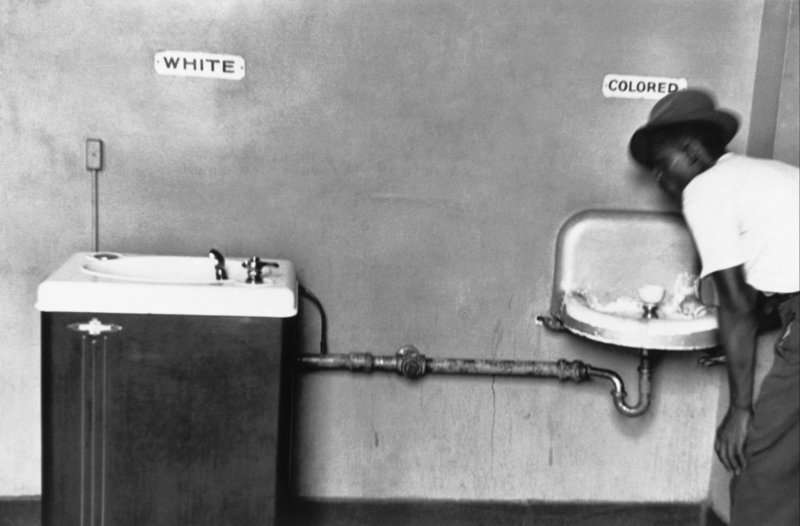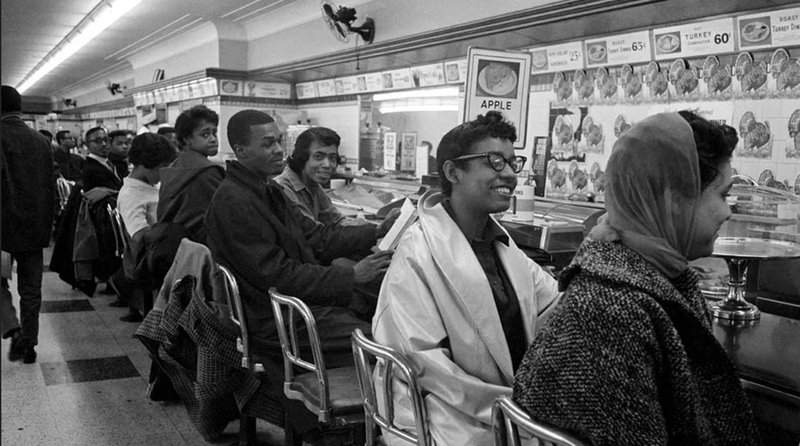The black struggle in the United States for freedom, equality, and basic human dignity, stretches back centuries and has taken various forms. There were the nonviolent protests of the Civil Rights Era. There was the armed resistance to those who sought to terrorize civil rights protesters. There was the decidedly violent resistance of escaped slaves who joined the British in the American Revolution to fight against their former masters. There were also sacrifices by blacks in the US military, who fought not only foreign enemies in the battlefield, but also the racism of many on their own side. Below are twenty two things about those and other instances of blacks in arms as they fought for freedom and equality.

ADVERTISEMENT - CONTINUE READING BELOW
Segregated Lunch Counters
For decades, Blacks in the American South endured the disadvantages and humiliations of segregation. Their children were sent to severely underfunded schools, they were barred from many public accommodations, and were constantly subjected to discrimination. Businesses were happy to take their money, but were less than eager to treat them with the same respect extended to white customers. Few examples were starker than dining establishments. Blacks could order and pick up their food from a window or backdoor, but were barred from dinning rooms. In the late 1950s, concerted plans to challenge segregation through nonviolent protests were hatched. One of the most effective was the campaign of nonviolent sit-ins to desegregate the lunch counters of downtown Nashville’s business center.

ADVERTISEMENT - CONTINUE READING BELOW
In 1958, civil rights activist James Lawson, who had studied nonviolent resistance while working as a missionary in India, organized workshops to teach anti-segregation nonviolent tactics. Blacks back then could shop in downtown stores, but could not eat in those stores’ lunch counters. So plans were made to bring about desegregation. Starting in late 1959, student volunteers made purchases at downtown stores, then sat at the lunch counters and ordered food. They were refused, eventually left, and returned at regular intervals to repeat the process. Early sit-ins attracted little media attention, until mid-February, 1960, when 124 volunteers ordered food from downtown stores lunch counters. Again they were refused, and after a few hours, they left without incident. The following week, Nashville’s black community joined the students in a city wide protest and boycott of stores that refused to serve black diners.

